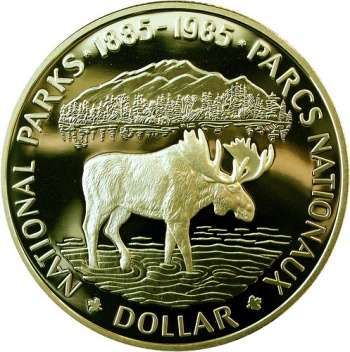 Canadian Dollar by Kevin Dolley
Canadian Dollar by Kevin Dolley
The Canadian dollar is on a three-year high, leaving even the U.S. dollar behind. According to many international investors, it seems unlikely that Canadian currency will become the new trendsetter on world finance markets, and nobody is confident enough to say that this position will last long. The Canadian dollar’s reaching $1.04 USD level is its biggest success since November 2007.
A significant economic boost and rapid recovery from the recession created an ideal ground to attract investors and expand the national economy even faster, creating thousands of jobs across the country. Approximately 28,000 new jobs were created in March alone. According to Scotiabank economist Derek Holt, this pace may not be as positive as it seems: “There isn’t much reason to expect anything other than a long-run average pace of job creation, but an upside surprise would play into the (Bank of Canada’s) productivity concerns. That said, growth in hours worked has been weaker than job growth.”
The current situation of the oil market enhanced the country’s economic prospects even further. Canadian interest rate hikes, if maintained, are very likely to attract capital flows as well. Generally, higher interest rates draw foreign currency investors, driving up the value of the Canadian dollar compared to other currencies.
European countries and the U.S. would have have difficulty reaching the same figures as Canada. The weakest player of all three is still the E.U. The European central bank has set a 1.25 per cent refinancing rate in an attempt to fight growing inflationary pressure. Compared to the Euro, the U.S. dollar is performing better on the market, mostly because of the developing problems with Portugal that negatively impact the European currency.
